Martin Garrix
Connecting a world-class music artist with his fans through an unforgettable website

At Yummygum we’re passionate about driving our design decisions by verification of actual users. Our in-house UX Design team makes sure that we do, as well as advocating our clients to do the same.
A UX Designer is nowhere without a proper understanding of its target audience. It’d be a shame if all of the team’s hard work would result in a product your user doesn’t want to use.
There are numerous ways to go about researching your target audience in the form of interviewing and online research. However the question you must ask yourself first is “Who are our users?” What do they like, what gets them out of bed in the morning, and what’s something that would really frustrate them?
Our small team of UX Designers are all educated and experienced in performing user research.
We’re excited to tell you more about our approach.
Since usually not everyone in the design team is involved in the research process, it is important to be able to communicate your insights properly. We handle this in the form of tools. The most well known example of this is probably the User Persona which summarizes key learnings about the target audience in a quick reference format. When that hand-off moment comes, it is important that you don’t bombard your team with all of your findings, however trim them down to about 3-5 key findings.
The most important deliverable coming out of this phase are user stories. These tell us exactly in what situation a user needs something, and why. This will summarize the users’ goals and can make for a good feature checklist when setting up the information architecture of the product.
Validate assumptions!
Focus on the outcomes of your research, not the pretty tools you used to get there.
Keep the hand-off to team members clear and concise.
Fight clients’ bias.